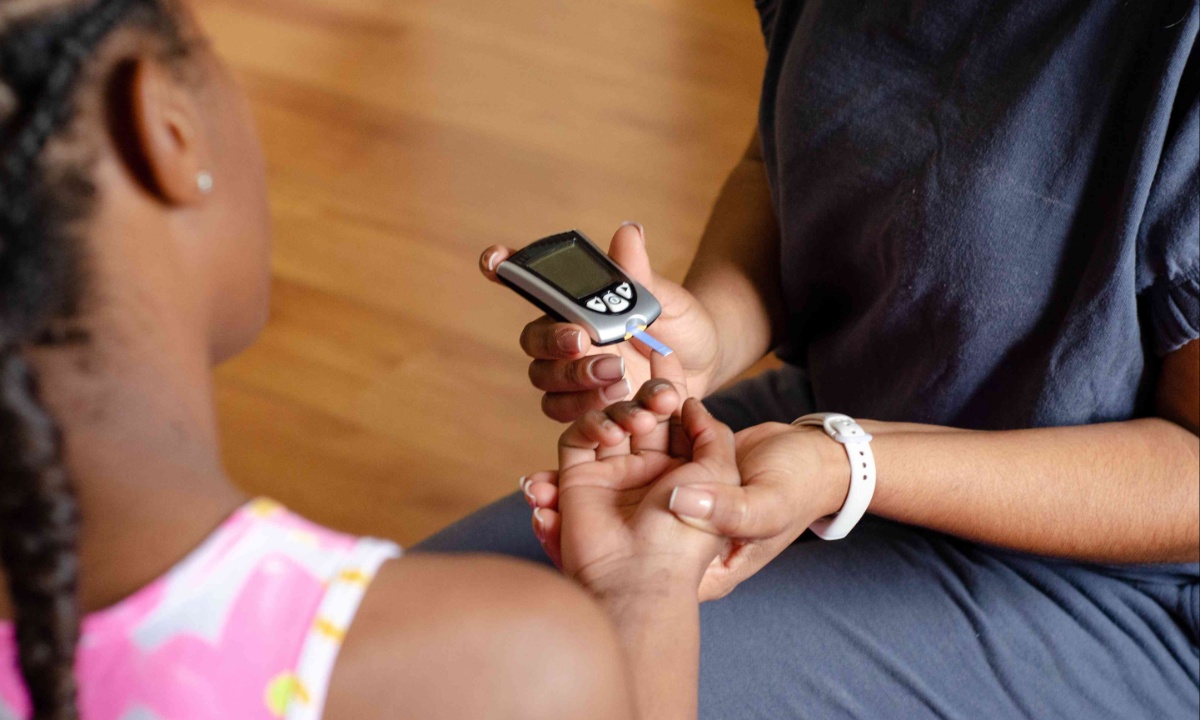New research presented at the Annual Meeting of the European Association for the Study of Diabetes (EASD) reveals that children are almost twice as likely to develop type 1 diabetes (T1D) if their father has the condition compared to if their mother has it.
This study, the largest of its kind, suggests that exposure to T1D in the womb provides long-term protection for children of mothers with T1D relative to those of fathers with T1D. This discovery could pave the way for new preventive treatments for T1D.
Dr. Lowri Allen of Cardiff University and her team sought to understand why individuals with a family history of T1D have a higher risk if their affected parent is the father. Previous studies indicated that maternal T1D offers protection during early childhood, but Dr. Allen’s research aimed to determine if this protective effect extends into adulthood and to uncover the mechanisms behind it.

The team conducted a meta-analysis of data from five significant studies involving 11,475 individuals diagnosed with T1D. They found that individuals were 1.8 times more likely to have a father with T1D than a mother.
This pattern held for diagnoses made in both childhood and adulthood, with no significant difference in the age of diagnosis between those with affected mothers and fathers, suggesting a long-term protective effect from maternal T1D.
Further analysis using a genetic risk score, which includes over 60 genes associated with T1D, showed no difference in inherited genetic risk between individuals with mothers or fathers with T1D.
This implies that the protection is not due to genetic factors but rather to the exposure to T1D in the womb. The study highlighted that maternal protection is significant only if the mother had T1D during pregnancy.
Dr. Allen emphasized the need for further research to identify what aspect of exposure in the womb—such as high blood glucose levels, insulin treatment, or antibodies—is critical for this protection.
Understanding these mechanisms could lead to new therapeutic approaches that mimic the protective elements of mothers. Professor Richard Oram highlighted the study’s contribution to understanding parental risk differences and the potential for developing early-life interventions to prevent T1D in high-risk individuals.
